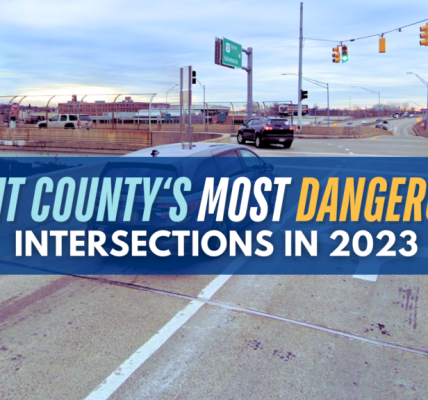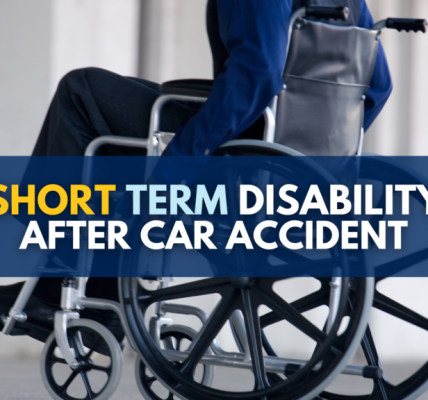With more people turning to marijuana instead of dangerous opiates, how do you protect people who use medical marijuana from criminal charges for impaired driving?

Is it possible to set a THC blood concentration limit that constitutes “per se” evidence that the driver who meets or exceeds the limit is engaged in marijuana-impaired driving?
Several states think so.
But an important new traffic safety study says “no, you can’t.” The AAA/FTS’s May 2016 study concludes that a “quantitative threshold for per se laws for THC following cannabis (marijuana) use cannot be scientifically supported.
Pennsylvania, Nevada, Ohio, Montana and Washington have all enacted “per se” laws that set THC (the main psychoactive ingredient in marijuana) limits that equate with marijuana-impaired driving. Colorado has enacted a “reasonable inference” law.
This is an important issue that affects a very large number of people right now. Many people who are chronic pain patients and who have suffered serious injuries in car accidents – including many clients of my own and the other attorneys at this law firm – might be potentially facing legal jeopardy for impaired driving. So these people face a difficult choice to keep using marijuana and driving, potentially facing criminal charges for impaired driving, or instead go back to taking dangerous and addictive opiate narcotic medications.
Ironically, opiates are so dangerous that many doctors are now specifically turning to prescribing medical marijuana as a safer alternative.
Now, some Michigan lawmakers think they’d like to find out whether there’s a specific THC blood concentration level that can operate as proof of marijuana-impaired driving. Under House Bill 5024, which passed out of the Michigan House of Representatives on April 26, 2016, by a 107-1 vote, lawmakers propose to create an “impaired driving safety commission” that will:
“[R]esearch and recommend a scientifically supported threshold of THC bodily content to provide evidence for per se impaired driving in this state.”
To learn more about what Michigan lawmakers are considering, please check out my blog post, “Michigan House moving on marijuana limits for drivers,” where I talk discuss the per se THC limits set in the states above and what previously research has shown about THC levels and marijuana-impaired driving.
That said, the efforts of some states and the undertaking being contemplated by Michigan may prove futile.
In a recent May 2016 study, “An Evaluation of Data from Drivers Arrested for Driving Under the Influence in Relation to Per se Limits for Cannabis,” the AAA Foundation for Traffic Safety concluded that it’s impossible for states to do what they’re trying to do:
Legislate that a specific level of THC blood concentration in a driver’s system is per se evidence that the driver is marijuana-impaired.
Specifically, in its “Fact Sheet” summarizing the study’s key findings, the AAA/FTS stated:
- In “considering whether indicators of impairment [i.e., the “walk-and-turn” test, the “one-leg-stand” test and the “finger-to-nose” test] differed between subjects with blood THC concentrations above or below 5 ng/mL, the threshold for per se driving under the influence of cannabis adopted in Colorado, Washington, and Montana,” the “finger-to-nose test was the only indicator for which performance differed according to whether subjects were in the higher (?5 ng/mL), or lower (<5 ng/mL) THC group. The number of misses on the finger-to-nose test was greater in the higher THC group.”
- “Analyses of alternative threshold THC concentrations from 1-10 ng/mL did not identify a threshold level of the THC concentration such that, if used as per se limit, would provide an acceptable level of agreement with the SFST [Standardized Field Sobriety Tests].”
Similarly, in AAA/FTS’s “Fact Sheet” summarized the study’s conclusions as follows:
- “All of the candidate THC concentration thresholds examined would have misclassified a substantial number of driver as impaired who did not demonstrate impairment on the SFST [Standardized Field Sobriety Test], and would have misclassified a substantial number of drivers as unimpaired who did demonstrate impairment on the SFST.”
- “Based on this analysis, a quantitative threshold for per se laws for THC following cannabis use cannot be scientifically supported.”
For more details, here’s a link to the AAA/FTS’s full study.
As I said, finding an answer to what THC limits may prove to be impaired driving and cause people to face criminal and civil liability is not a theoretical issue for many who already are using marijuana. During my own 20-plus year legal career as an auto accident attorney in Michigan, I’ve seen the terrible consequences of many of the dangerous narcotic medications used to treat people with devastating injuries and who suffer chronic pain.
I’ve also seen the lengths that the No Fault auto insurance companies will go to in order to deny insurance PIP benefits and pain and suffering compensation to people. This is going to be a big controversy, and the AAA study means there’s no definitive answer on what THC levels are too high to drive a car anytime soon.
Because I see what my own clients go through as they attempt to recover from life-long injuries, I want to see impaired driving fears brought to a screeching halt.
I know Michigan lawmakers are considering whether and how to update our state’s marijuana-impaired driving laws in light of recent changes in the law concerning medical marijuana and the legalization of small quantities of marijuana in some cities.
I hope that, in the process, they consider the information from the AAA/FTS study.
Related info:
Can medical marijuana users be sued if they cause an accident?
Read the full blog post online: What THC limit proves marijuana-impaired driving?.
SOURCE: Michigan Auto Law – Read entire story here.





